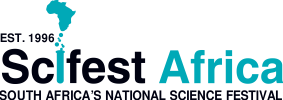Weighing just 4kg, the ZACube-2 is South Africa’s second nanosatellite to be launched into space! ZACUBE-2, described as the most advanced on the continent, provides cutting-edge remote sensing and communication services to South Africa and the continent.
Cubesats are extremely small satellites, in the form of 10 cm cubes and with a mass of up to 1 kg (although there are some made up of two or three such cubes). These tiny satellites have come a long way since Sputnik, the first satellite that was launched in 1957, weighing 83 kg. The success of the CubeSat programme has revolutionised space technology.
Cubesats provide hands-on experience for engineers and technologists in their design and construction, and, once in orbit, the data needed to support scientific experiments and projects.
ZACUBE-2 has an image sensor that remotely detects potassium traces radiated from burning plants. Until recently, the imagery sensor has not been able to capture images. The work on the presentation will address some of the issues related to this and investigate the solution.
Goitseona just recently completed her MSc in Physics at the University of the Western Cape. She was involved in measurements of radon radio purity present in rubber from a chamber used for experiments aiming to
detect neutrinoless double beta decay in collaboration with the nEXO researchers at Laurentian University in Canada. Her interest lies in the multi-disciplines of Physics.

